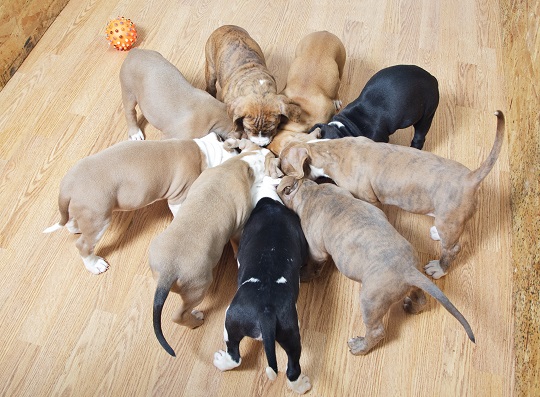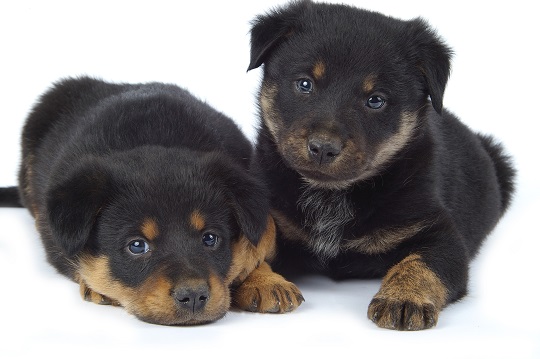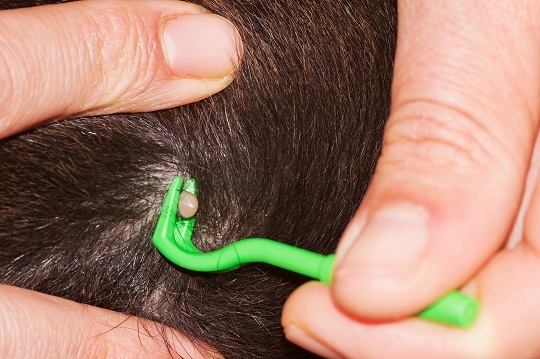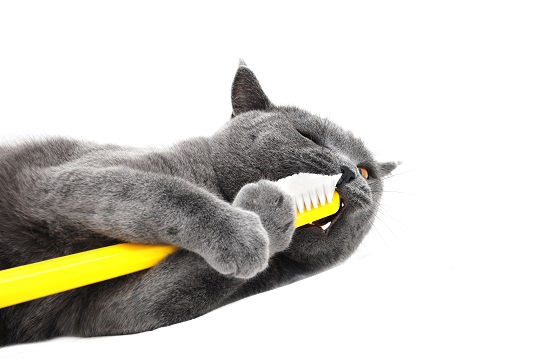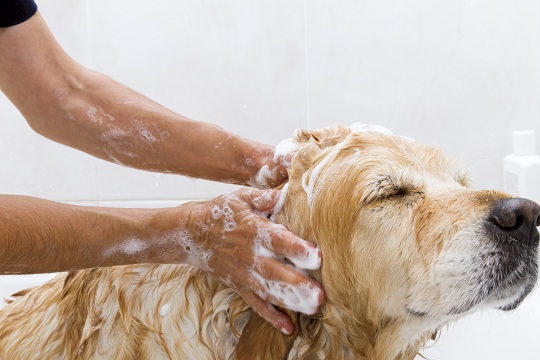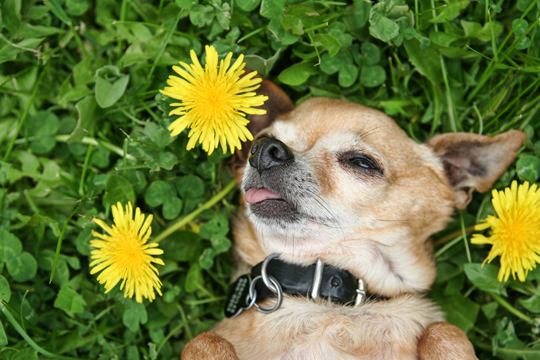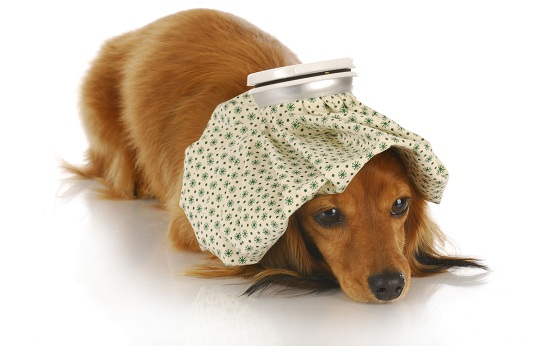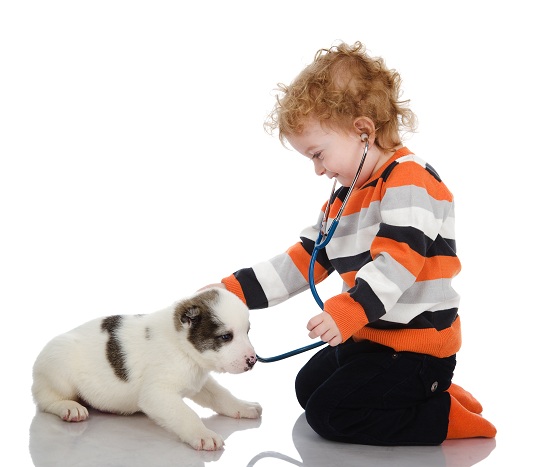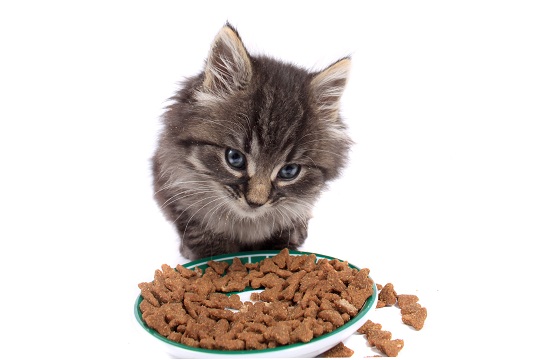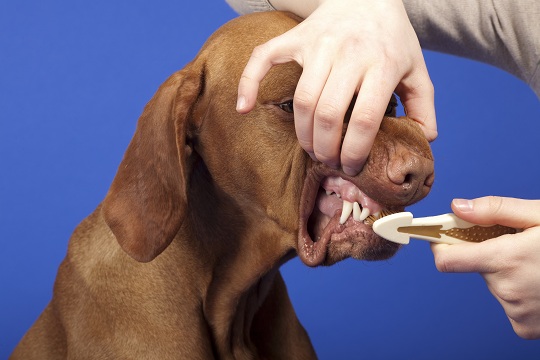It is very important that your puppy is given the proper nutrients during the first stages of his or her life. Below are some tips on how you can determine the best dog food for puppies.
Elements of the Best Dog Food for Puppies
– You should make sure you are giving you puppy food that is made for puppies. When you buy dog food, make sure you purchase a package that explicitly says it is for puppies. Also, make sure that you giving your puppy correct food for his or her breed. Dog foods are engineered to be most beneficial for different stages of a dog’s life, as well as different breeds or sizes of dogs. Pay attention to these labels when buying food for your puppy.
– Make sure that the dog food you feeding your puppy is approved by the Association of American Feed Control Officials (AAFCO). AAFCO sets regulations in store-bought animal foods in order to best protect the health of the animals.
– You want to be giving you puppy food that is the same in each bag. Your puppy may experience digestive issues if his or her diet is in a constant state of change, so choose an appropriate dog food and stick with it. It may be unhealthy for your puppy if its digestive system constantly has to readjust to new food.
– The dog food that you are feeding your puppy should include the best quality ingredients. Also, be aware of which foods dogs are commonly allergic to. Below is a list of the most ideal ingredients in puppy food. In general, natural food is the healthiest for your puppy.
Best Ingredients for Puppy Food
– Low in carbohydrates.
– High in proteins from meat.
– No by-products from vegetables or animals.
– No artificial flavoring or coloring.
– No preservatives.
– High in natural oils and fats.
– All essential vitamins and minerals.
– Specified animal source.
– If your puppy is a large breed, low in calcium.
Choosing the Best Brand for Your Puppy
– Read the packages of all appropriate puppy foods. Choose a brand that says, “Formulated to meet the AAFCO dog food Nutrient Profile for Puppies.” Also, check out the ingredients label to see if it contains the suggested ingredients above.
Get Brand Recommendations from A Veterinarian
You can get the best advice on the best dog for puppies from an expert. If you do not have a veterinarian, you can use TalkLocal to be on the phone within minutes with up to three, high-quality veterinarians in your area. We will connect you with veterinarians who can help you when you need it most.

